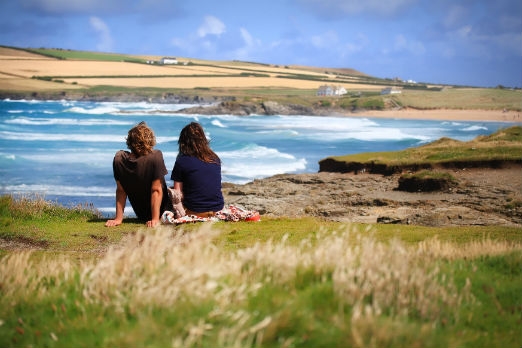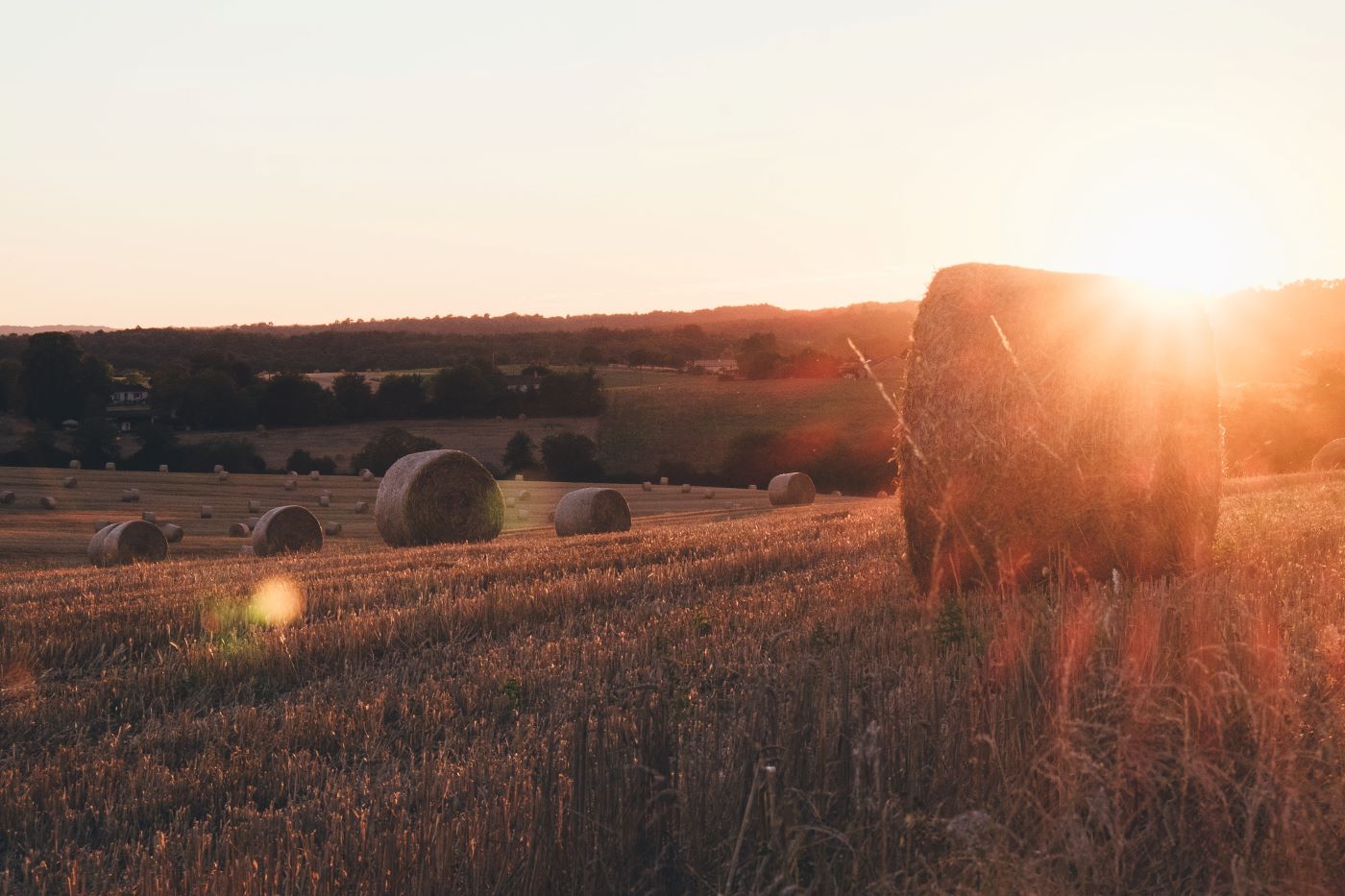I spent a fair bit of last week thinking about the issue of beauty and its importance in CPRE’s work.
A beautiful idea
 Couple enjoying the beauty of the Cornish coast
Photo: © Copyright: Alex Jackson/Shutterstock.com
Couple enjoying the beauty of the Cornish coast
Photo: © Copyright: Alex Jackson/Shutterstock.com
 The announcement of the shortlist for this year’s Stirling Prize for architecture, together with Civic Voice’s first Community Design Awards provided food for thought. But it has been helping to put finishing touches to a fascinating new report by Respublica, supported by CPRE, Civic Voice and others, on the idea of a Community Right to Beauty that has really got me thinking.
The announcement of the shortlist for this year’s Stirling Prize for architecture, together with Civic Voice’s first Community Design Awards provided food for thought. But it has been helping to put finishing touches to a fascinating new report by Respublica, supported by CPRE, Civic Voice and others, on the idea of a Community Right to Beauty that has really got me thinking.
It’s true to say that there has been a massive growth in interest in matters of design and architecture in recent years. This has been helped by the popularity of ‘Grand Designs’ and the success of some exciting new regeneration schemes, such as the Olympic Park in London, Eastside City Park, Birmingham or Royal William Yard Harbour in Plymouth, which often combine stunning architecture and superlative landscape design. But this growing interest is also reflected in places closer to home – the character and quality of the neighbourhoods where most of us spend our lives.
The origins of the environmental movement owe much to a passion for beauty in the natural world and arts and crafts architecture, and the desire to make it more widely accessible. Perhaps more than any other single figure, John Ruskin was a passionate early advocate of the value of beauty as a socially progressive force. A major source of inspiration for Octavia Hill, co-founder of the National Trust, and the early CPRE pioneers, such as Clough Williams-Ellis (author of England and the Octopus) and Ethel Haythornthwaite (co-founder of CPRE’s Sheffield and Peak District Branch), it is perhaps true that Ruskin lost faith in later life in human ability not just to safeguard but to create new beauty. But this is overly pessimistic. With the benefit of hindsight, we can be proud as a nation that so much has been achieved over the past century or more to improve and protect the beauty of our surroundings.
The new report by Respublica examines this valuable legacy and challenges us to do better. It argues for the democratisation of the concept of beauty and a recognition that, despite its complexities, we need to pay more attention to the values it embodies if we are to improve the quality of our everyday surroundings and achieve better lives for us all. The Stirling Prize and Civic Voice’s initiative are good ways of exploring the nature and value of beauty; the public discussion they stimulate helps us articulate what inspires us about places and buildings and why beauty matters. We need to extend this discussion from the occasional and extraordinary interventions in often special places to consideration of how we manage and influence more frequent and often small scale changes in our everyday landscapes – such as the littering and signage that can cumulatively have a major impact on the quality of our surroundings.
The beauty of much our natural and built environment is no accident. We owe much to visionary post-war legislation – in particular the 1947 Town and Country Planning Act and the 1949 National Parks and Access to the Countryside Act – for the legal and policy tools that have helped us safeguard beautiful places. We now need to rediscover that post-war vision and confidence. With a few notable exceptions, such as John Hayes as transport minister in his thoughtful speech on making roads beautiful earlier this year, consideration of beauty is largely lacking from political and policy debate when it matters most. Some may argue that we can’t afford to think of aesthetics in today’s economically straitened times. But it needn’t cost more to create beautiful places – just consider what was achieved when the country was on the verge of bankruptcy. And as Philip Blond states in his foreword to the Respublica report, ‘the cost of ugliness is high, and it will only get worse if we don’t seek to address it.’
This important new report, to which CPRE is proud to have contributed, challenges all policy makers and politicians to put beauty at the heart of future decisions: for the long-term prosperity and wellbeing of everyone.
Find out more



